Using Chemical Exfoliation to Produce Superconducting Tungsten Disulfide Ink
- Details
- Category: Tungsten's News
- Published on Sunday, 09 April 2023 21:15
- Hits: 610
A team of chemists, engineers, materials scientists and physicists from Princeton University, Rutgers University and the University of Regensburg has developed a chemical exfoliation technique to produce monolayer molecular tungsten disulfide ink. The team described their technique in detail in a paper published in the journal Science Advances.
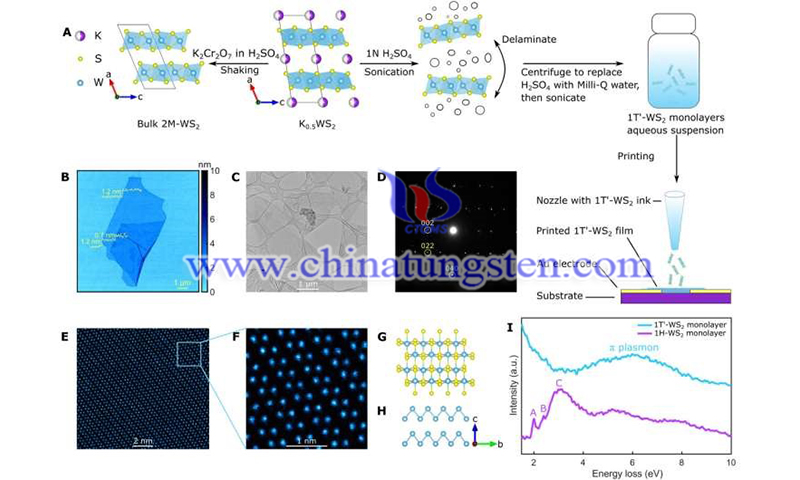
As research into creating useful quantum computers continues, scientists continue to search for new materials that can support such machines, with an eye toward finding ways to print very cold circuits inside quantum computers using superconducting inks.
The new method involves a material consisting of layers of tungsten disulfide and potassium. The researchers exfoliated the material by immersing it in a sulfuric acid solution to dissolve the potassium, leaving behind a single layer of tungsten disulfide. Finally, the acid and the residue in it were rinsed away, leaving the tungsten layer suspended in a basin of water. In this state, the researchers found that the tungsten disulfide layer could be used as a form of ink that could be printed on various types of surfaces, such as plastic, silicon or glass. This leaves a one-molecule-thick coating on the material.
The coating remains stable at room temperature, without a protective layer, for 30 days. Cooling it to 7.3 K made the coating superconducting, even after sitting in the open air for some time. The team noted that this suggests that this ink could be carried to a location without special equipment and then frozen there for use as a superconductor. They further suggest that due to the simplicity of the process, industrializing it should be fairly easy.
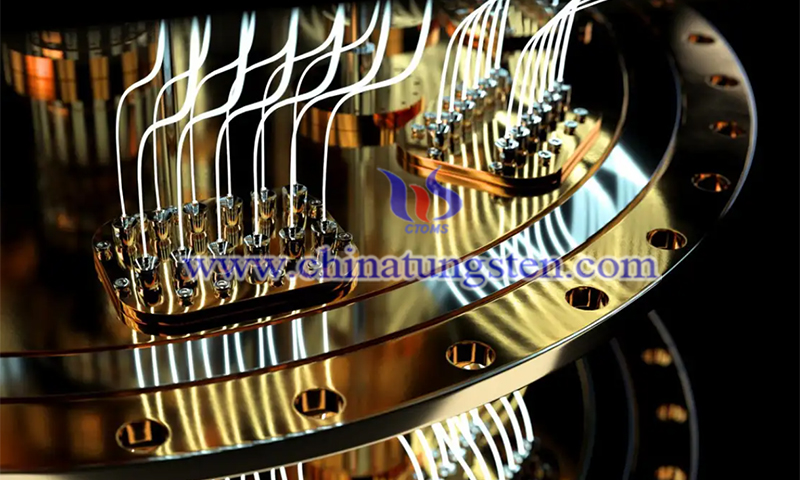
(Picture credit: Shutterstock / Bartlomiej K. Wroblewski)
They concluded that the tungsten disulfide ink could be used in quantum computers or MRI machines, where the components have been cooled to the necessary temperature. The team next plans to test the possibility of using a similar chemical exfoliation process to create superconducting coatings at higher temperatures.
Reference: Xiaoyu Song et al, Synthesis of an aqueous, air-stable, superconducting 1T′-WS 2 monolayer ink, Science Advances (2023). DOI: 10.1126/sciadv.add6167
https://phys.org/news/2023-03-chemical-exfoliation-superconducting-tungsten-disulfide.html
- Tungsten Manufacturer & Supplier, Chinatungsten Online: www.chinatungsten.com
- Tungsten News & Prices of China Tungsten Industry Association: www.ctia.com.cn
- Molybdenum News & Price: news.molybdenum.com.cn
- Tel.: 86 592 5129696; Fax: 86 592 5129797; Email: sales@chinatungsten.com

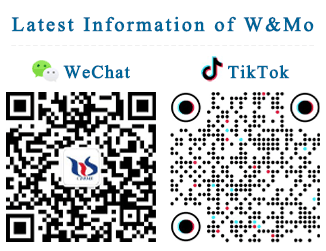

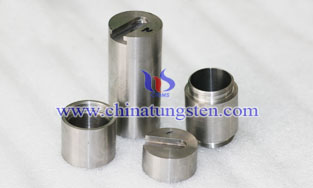


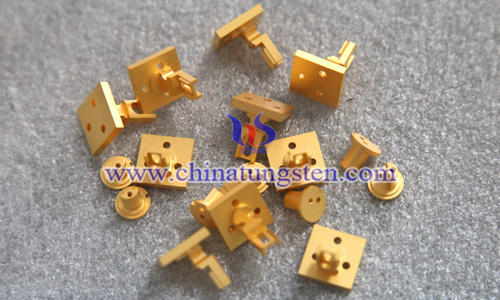
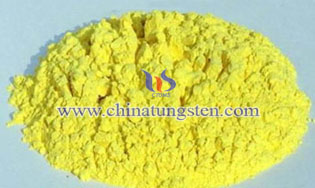
 sales@chinatungsten.com
sales@chinatungsten.com